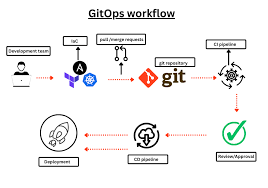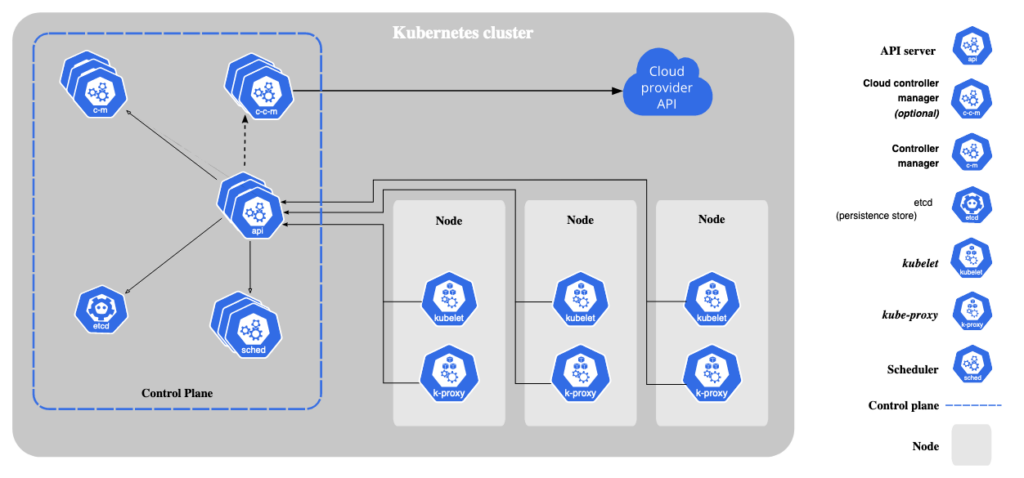Visual Studio Code (VSCode) has risen as a favorite among developers due to its extensibility and tight integration with many tools, including GitHub. In this tutorial, we’ll cover how to create a pull request (PR) on GitHub directly from VSCode. Given that our audience is highly technical, we’ll provide detailed steps along with screenshots and necessary code.
Prerequisites:
- VSCode Installed: If not already, download and install from VSCode’s official website.
- GitHub Account: You’ll need a GitHub account to interact with repositories.
- Git Installed: Ensure you have git installed on your machine.
- GitHub Pull Requests and Issues Extension: Install it from the VSCode Marketplace.
Steps:
Clone Your Repository
First, ensure you have the target repository cloned on your local machine. If not:
git clone <repository-url>Open Repository in VSCode
Navigate to the cloned directory:
cd <repository-name>Launch VSCode in this directory:
code .Create a New Branch
Before making any changes, it’s best practice to create a new branch. In the bottom-left corner of VSCode, click on the current branch name (likely main or master). A top bar will appear. Click on + Create New Branch and give it a meaningful name related to your changes.
Make Your Changes
Once you’re on your new branch, make the necessary changes to the code or files. VSCode’s source control tab (represented by the branch icon on the sidebar) will list the changes made.
Stage and Commit Changes
Click on the + icon next to each changed file to stage the changes. Once all changes are staged, enter a commit message in the text box and click the checkmark at the top to commit.
Push the Branch to GitHub
Click on the cloud-upload icon in the bottom-left corner to push your branch to GitHub.
Create a Pull Request
With the GitHub Pull Requests and Issues Extension installed, you’ll see a GitHub icon in the sidebar. Clicking on this will reveal a section titled GitHub Pull Requests.
Click on the + icon next to it. It’ll fetch the branch and present a UI to create a PR. Fill in the necessary details:
- Title: Summarize the change in a short sentence.
- Description: Provide a detailed description of what changes were made and why.
- Base Repository: The repository to which you want to merge the changes.
- Base: The branch (usually
mainormaster) to which you want to merge the changes. - Head Repository: Your forked repository (if you’re working on a fork) or the original one.
- Compare: Your feature/fix branch.
Once filled, click Create.
Review and Merge
Your PR is now on GitHub. It can be reviewed, commented upon, and eventually merged by maintainers.
Conclusion
VSCode’s deep integration with GitHub makes it a breeze to handle Git operations, including creating PRs. By following this guide, you can streamline your Git workflow without ever leaving your favorite editor!




